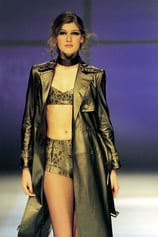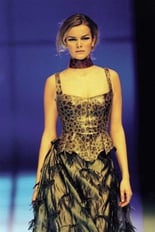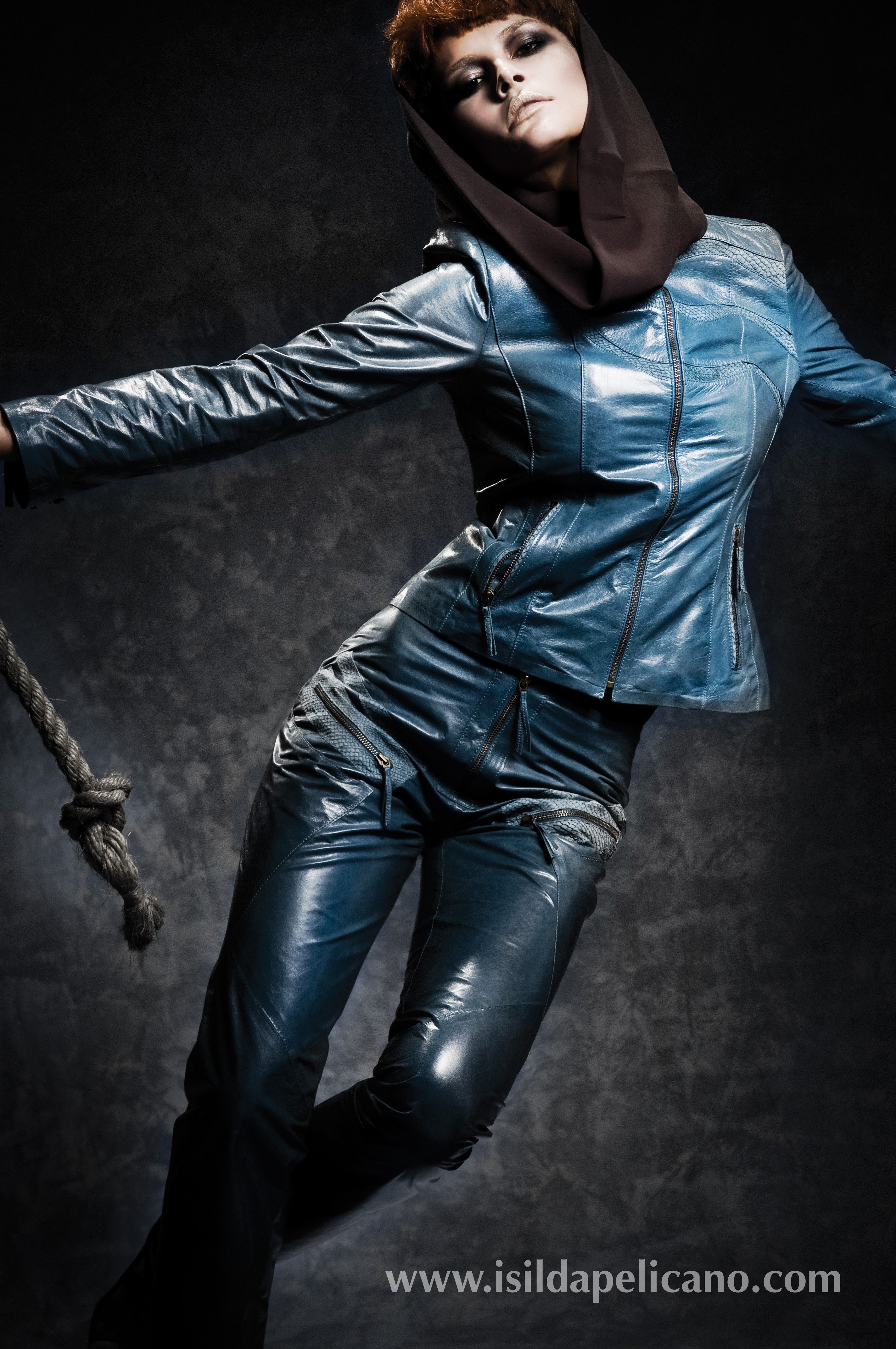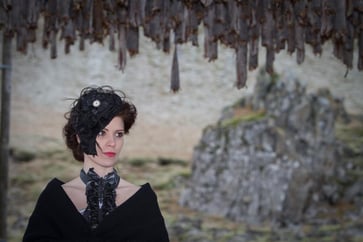
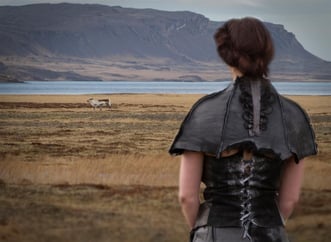
Fabulous Fish Creations from Sútarinn’s Tannery
Spotted leopard print leather in turquoise and chartreuse leaps from glossy magazine pages. But these daring spots come from wolf fish tanned at Sútarinn, Icelandʼs only tannery. Shocking as it may seem, fish is the latest trend in leather and has begun to climb its way from the bottom of the sea to the top fashion world.
Though the idea for using fish leather is not novel, the process has been refined. Fish leather shoes were worn in Iceland hundreds of years ago, but their quality was questionable. A popular joke was to ask how many fish leather shoes it took to get from one place to another. This dilemma was solved by the inventive Atlantic Leather company, which takes fish skin byproducts from Dalvík, in North Iceland and turns them into skins that can be made into shoes, bags, clothes and furniture.

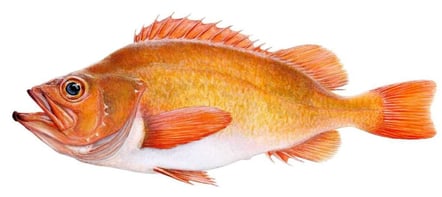 From Waste to Haute Couture
From Waste to Haute Couture
Couture clothing designers like Alexander Wang, Sigerson & Morrison and Helmut Lang have all bought skins from Atlantic Leather. Fish leather trumps more mundane cow or sheep leather with its variety of patterns, which change according to the species of fish. Wolf fish sports spots, perch has rough and raw scales, while salmon leather is thin and moulds to fit any contour. Though skins are dyed and treated to enhance their pattern, they are simply a soft and scentless version of natureʼs original design. All chemicals used in the tanning and dyeing process are EU approved.
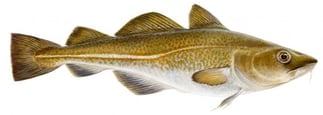
Out of Weakness Made Strong
The questions in everyoneʼs minds revolve around the quality and durability of fish leather. Fish leather is surprisingly strong, even stronger than other kinds of leather because it has cross-hatched fibres rather than fibres that run in only one direction. Despite the normally pungent smell of fish, treatment eliminates any smell so that few people can even recognise the difference between fish and other types of leather. Better yet, fish leather is a byproduct of food processing so it creates value from something otherwise thrown away.
Still a skeptic? Then come take a look at Sútarinn, Atlantic Leatherʼs economuseum in Sauðarkrókur. Guests can take a tour to see the process firsthand and walk away with some of the latest fish leather fashions.
Atlantic Leather
Borgarmýri 5 • 550 Sauðárkrókur
+354 453 59 10
[email protected]
www.atlanticleather.is



